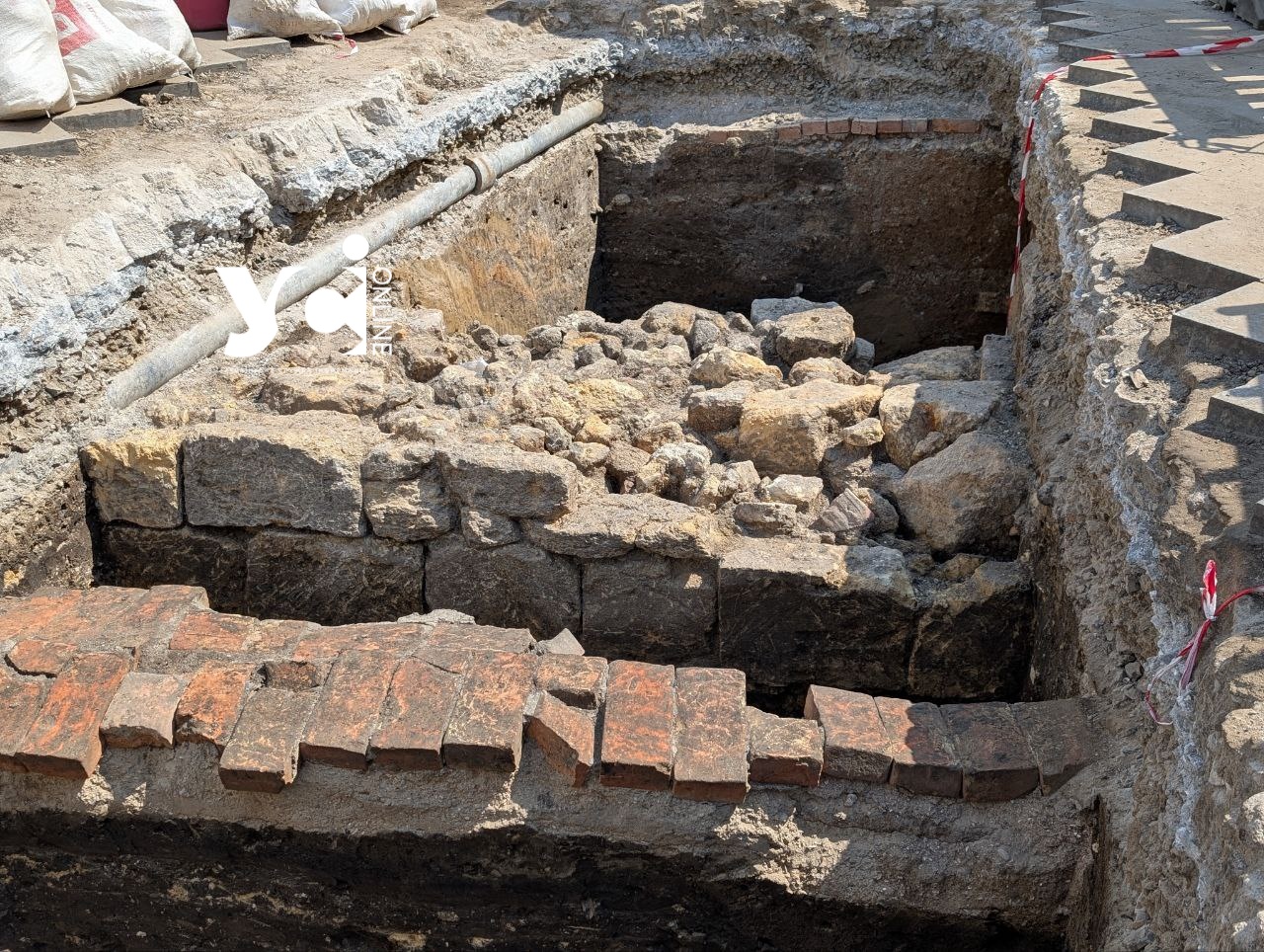Ancient Greek and Medieval Settlements Uncovered in Odesa
 |
| Photo: usionline.com |
Odesa, Ukraine – Archaeological excavations on Primorsky Boulevard in Odesa, near the iconic monument to Duke de Richelieu, are nearing completion, revealing significant historical layers including an ancient Greek settlement and evidence of a medieval presence.
Conducted by students from Ushinsky South Ukrainian Pedagogical University under the supervision of the Institute of Archeology of the National Academy of Sciences of Ukraine, the digs have unearthed the undisturbed remains of an ancient Greek settlement known as Gavan Istrian, which flourished from the 6th to the 3rd century BC. Dr. Andriy Krasnozhon, a doctor of historical sciences, confirmed that the boundary of this ancient Greek settlement stretched along the line of the Potemkin Stairs, indicating that the Duke monument stands on these historical layers. An unusual find, a fragment of a Roman bowl, was also discovered beneath the Duke monument.
The ancient settlement's natural boundary was defined by a ravine, now corresponding to the Potemkin Stairs, which served as a natural descent to the harbor and a frontier for the community. The settlement extended over a large area, encompassing what is now Greek Square to the Sea Port, with its oldest and most prosperous section located near the present-day Vorontsov Palace. A substantial necropolis (cemetery) was situated along Teatralny Lane, reaching the area of the current "Athena" shopping center.
Beyond the ancient Greek discoveries, the excavations have also yielded insights into a medieval settlement from the 14th century. Among these findings are ceramics and coins dating between 1310 and 1370, imported from Byzantium and various medieval Crimean cities. The discovery of a coin from Ozak (modern Rostov-on-Don) supports the 1318 notation by Italian cartographer Fisconti of a port named Ginestra in the region.
The 2025 archaeological season has proven highly successful, bringing to light a diverse array of artifacts, including 14th-century items, fragments of ancient ceramics, Ottoman-period capitals, remnants of 18th-century walls, and a cultural layer from the 5th century BC. Additionally, architectural details from the Ottoman fortress of Khadzhibey were found, suggesting its proximity to the current excavation site. Archaeologists are presently working on two excavation sites and plan to continue their research on Primorsky Boulevard in future seasons.
For more details, you can refer to the original article (in Ukrainian) from USI Online.
🙄
ReplyDelete